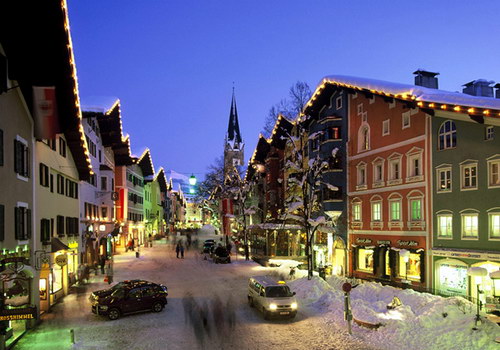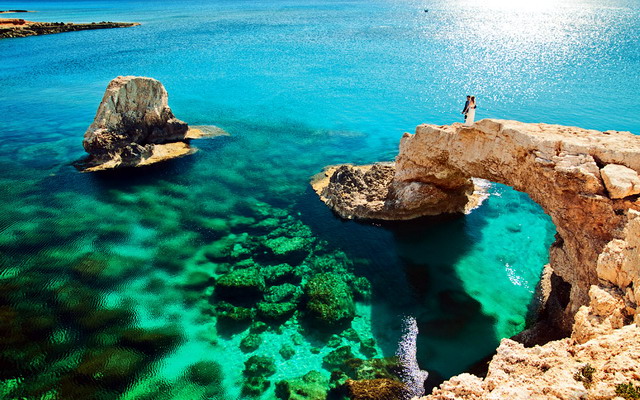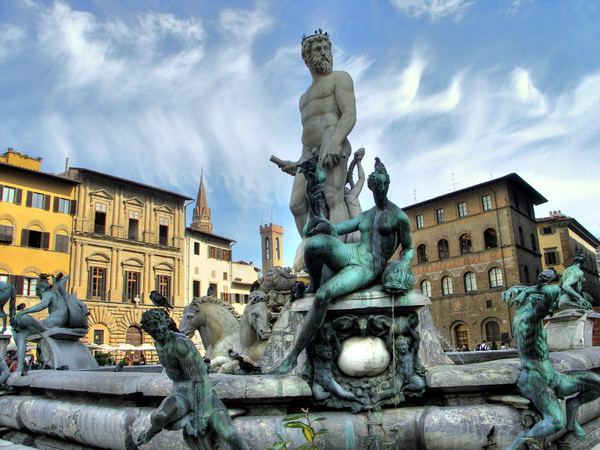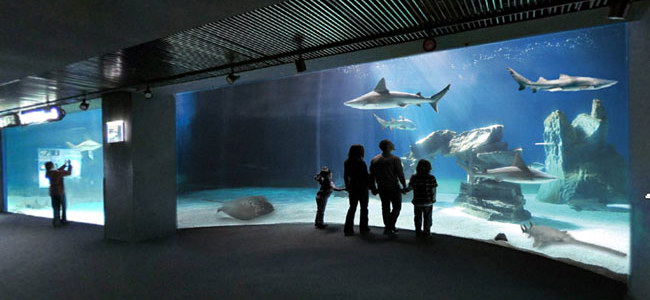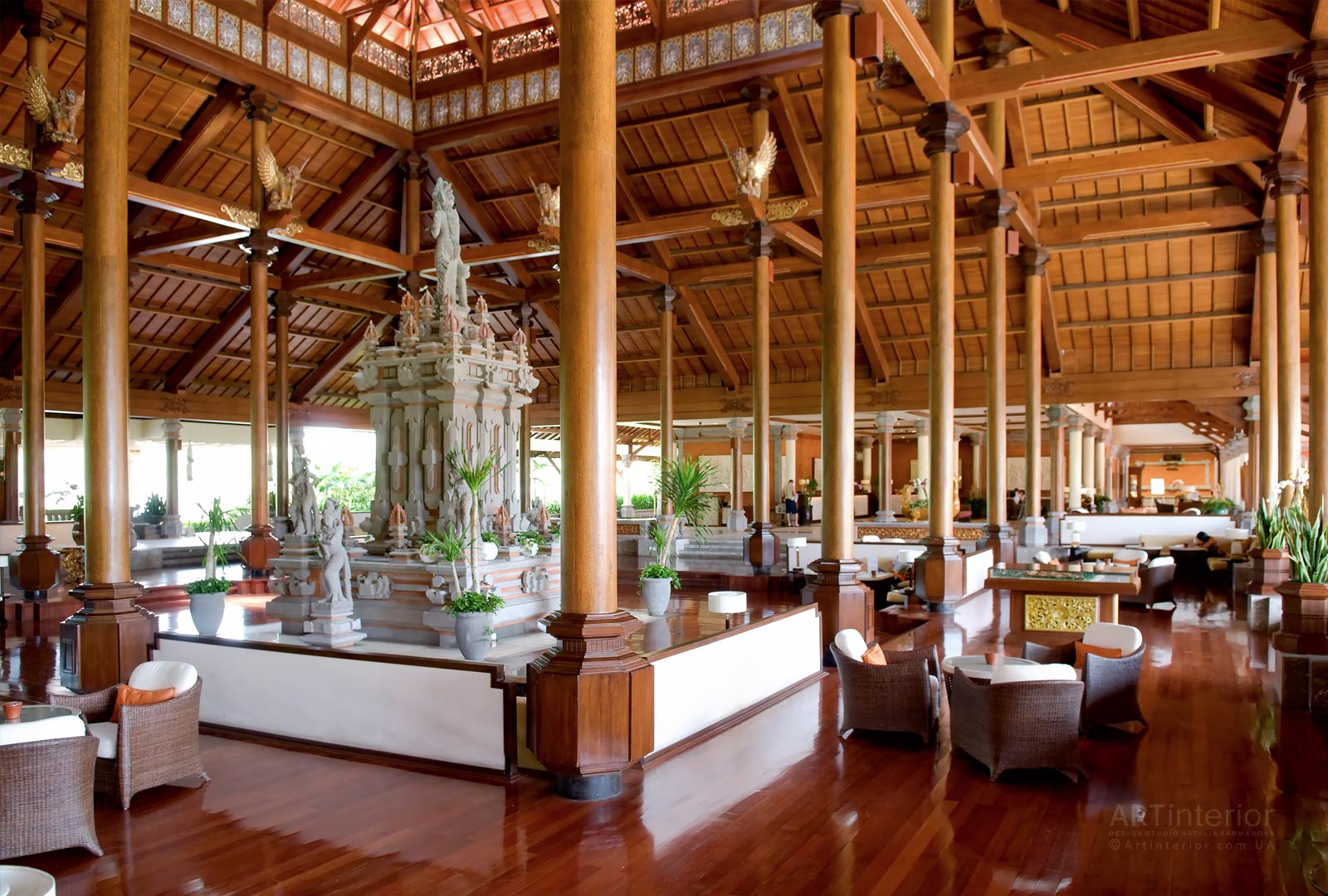Tourism as a social phenomenon
 Urism is a term that appeared much later than the term travel. In the scientific literature can be found various definitions of tourism. From an etymological point of view, the word “tourism” comes from the French tourisme, where the root of the word tour means a walk, a trip that ends with a return to the place from which the path began, i.e. come back. In Russian, the term “tourism” has no roots. Even the Encyclopaedic Dictionary of Brockhaus and Efron (1902 edition) does not contain the article “Tourism”, and the term “tourism” is used only in the article about the history of bicycle construction and travel on it.
Urism is a term that appeared much later than the term travel. In the scientific literature can be found various definitions of tourism. From an etymological point of view, the word “tourism” comes from the French tourisme, where the root of the word tour means a walk, a trip that ends with a return to the place from which the path began, i.e. come back. In Russian, the term “tourism” has no roots. Even the Encyclopaedic Dictionary of Brockhaus and Efron (1902 edition) does not contain the article “Tourism”, and the term “tourism” is used only in the article about the history of bicycle construction and travel on it.
Existing definitions of tourism represent it either in the form of travel, or in the form of movement of the population, not related to the change of residence and work. And although some authors draw the line between tourism and travel (for example, MB Birzhakov), most authors do not. We also believe that tourism and travel are two manifestations of the same socio-cultural phenomenon.
Exploring the phenomenon of tourism, one cannot help but wonder: why do people travel at all? Many philosophers of antiquity in their writings wrote the word “Path” with a capital letter, understanding it as the election of a path to truth, goodness, perfection by a person. And a person is not going along this path alone, but with friends, with reliable comrades. Consequently, tourism is not just a hobby or a fashion, it is the vital need of most normal people. What attracts in tourism? Maybe the romance of travel? But romance is an indefinite concept, a subjective feeling, a psychophysical state. Some authors believe that travel is an escape from the ordinary and the possibility of informal communication. In general, we can safely say that this is a sphere of recreation and entertainment, where a person gets a discharge from busy working days. Every traveler feels like a discoverer and explorer. Travel enriches a person spiritually and physically.
There are seven most important facets of tourism:
1) wellness. Contributes to the restoration of vitality;
2) sports. Associated with the achievement of not every available results;
3) aesthetic. Gives you the opportunity to enjoy beautiful views of nature (fauna and flora);
4) cognitive. Associated with it is the possibility of obtaining new information about the surrounding world;
5) social and communicative. It is one of the important components of tourism, as travel is associated with mass communication of people;
6) emotional and psychological. This facet of tourism provides an opportunity to receive positive emotions and relax;
7) creative. The fact is that travel develops imagination and fantasy, makes you think outside the box and independently.
In the international classification, all population movements are divided into three categories.
1. Trips related to work at a new place, with professional activities requiring relocation, association with family (this category is internationally referred to as permanent or seasonal migration).
2. Trips from one day to three months, not related to work.
3. Short-term trips (border or transit) with a stay in one place for less than a day.
The classification of trips is a starting point for defining the concept of tourist travel. Trips of the first category to the number of tourist can not be attributed, while trips of the second category are of a tourist nature. Regarding trips of the third category, there is no consensus, since lately border trips are connected not only with work, but also with other activities, and transit trips allow at the same time to get acquainted with the sights of the stop areas.
The opinion that tourist migration differs from other types of population displacement by constant movement, temporary stay in certain places, lack of connection with labor activity and earnings, was generally accepted in the period between the two world wars. In 1937 this definition of tourism was approved by the League of Nations Committee of Experts. It stated that the concept of a tourist applies to anyone who travels for at least 24 hours to a person who travels for educational purposes, visits to relatives, for treatment, to persons traveling to conferences or being diplomats, administrative employees, athletes participating in competitions, as well as to a person traveling for commercial purposes or coming ashore during a voyage of a ship, even if that person’s stay It lasts at least 24 hours.
Guided by this definition, tourists are not considered:
– persons arriving specifically for the purpose of earnings;
– with the intention to permanently settle in a given country;
– Persons located and working in the border area;
– transit passengers who do not stop in this city and region;
– students in schools and boarding houses.
